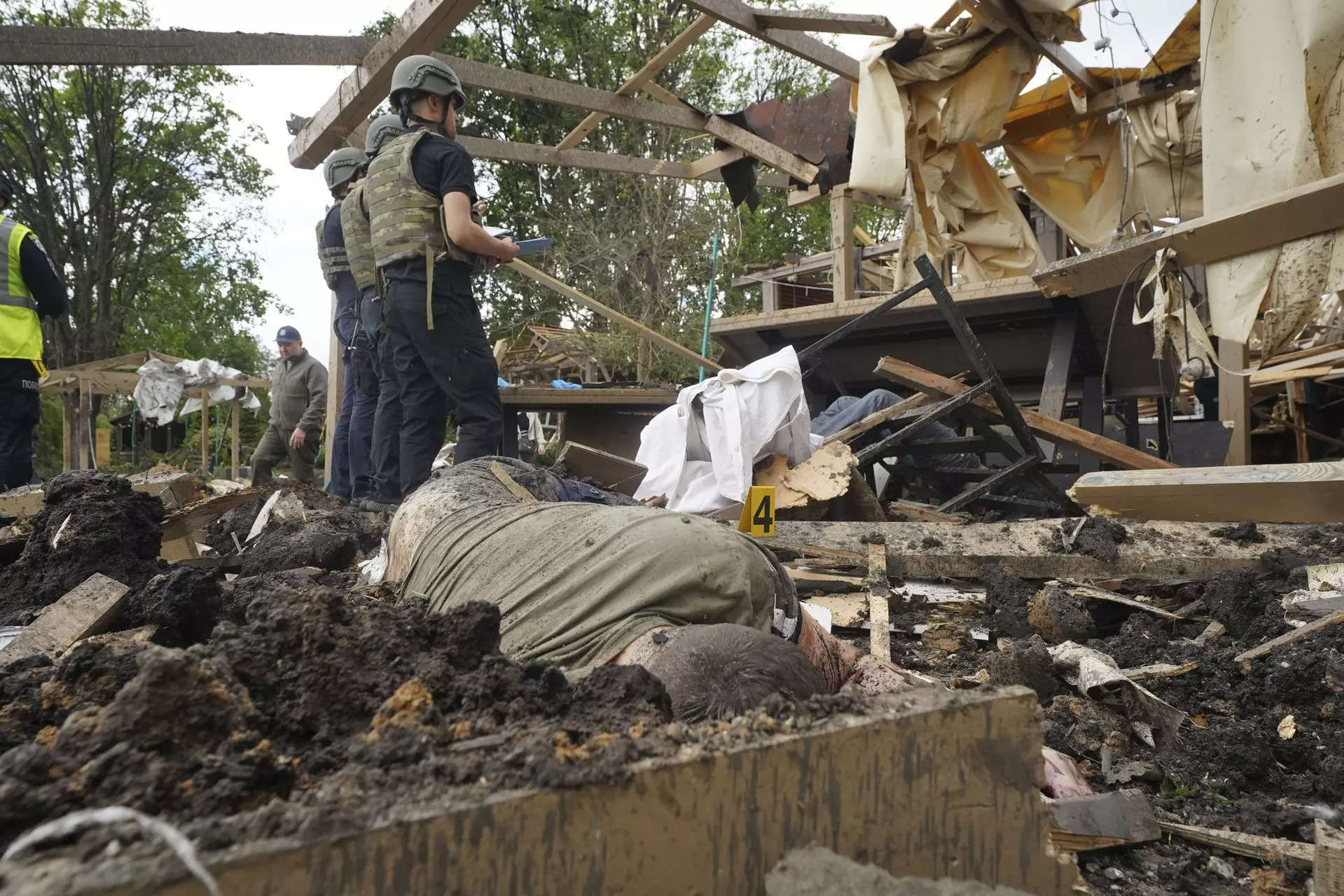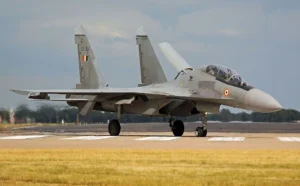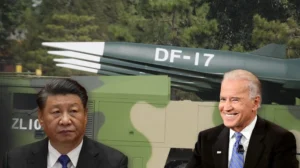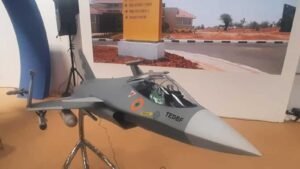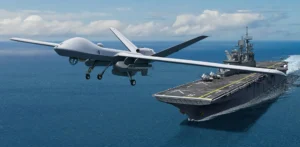What to do with the Russian central bank reserves frozen in response to the invasion of Ukraine is at the top of the agenda as finance officials from the Group of Seven rich democracies meet Thursday through Saturday in Stresa, Italy, on the shores of scenic Lago Maggiore.
The issue: Ukraine and many of its supporters have called for the confiscation of $260 billion in Russian assets frozen outside the country after the Feb. 24, 2022, invasion. But European officials have resisted, citing legal and financial stability concerns. And most of the frozen assets are located in Europe.
A European plan to merely use the interest on the Russian funds would provide only a trickle of money every year – some $2.5 billion-$3 billion at current interest rates. That would barely meet a month’s financing needs for the Ukrainian government.
U.S. Treasury officials and outside economists are proposing ways to turn that annual trickle into a much larger chunk of upfront cash. That could done be through a bond that would be repaid by the future interest income, giving Ukraine the money immediately. The ministers meet with Ukrainian Finance Minister Sergii Marchenko on Saturday.
“Securing Ukraine’s position in the medium-to-long term requires unlocking the value of immobilized Russian sovereign assets,” U.S. Treasury Secretary Janet Yellen said at a news conference Thursday in Stresa. “We support the EU’s decision to utilize the windfall profits from these assets, but we must also continue our collective work on more ambitious options.” She said $50 billion “has been mentioned as a possible number that could be achieved” from the assets, but that the specific approach was still under discussion. The debate over the Russian assets is being revived after President Joe Biden in April signed into law the Rebuilding Economic Prosperity and Opportunity for Ukrainians Act, which allows the administration to seize the roughly $5 billion in Russian state assets located in the U.S. The law was included in the U.S. aid package for Ukraine and other nations, which includes roughly $61 billion for Ukraine’s defense.
Exactly what the income from Russian assets would be spent on remains open, but one key focus is Kyiv’s state budget. Ukraine spends almost the entirety of its tax revenue on the military and needs another $40 billion a year to continue paying old-age pensions and the salaries of doctors, nurses and teachers – the glue that holds society together under dire wartime circumstances. Support from allies and a $15.4 billion loan from the International Monetary Fund was initially thought to have secured the budget for four years, but the prospects of an extended conflict have darkened the outlook.
Ukraine depends on its allies for that money because the war keeps the government from accessing international bond market borrowing. The alternative would be printing money at the central bank, which risks igniting hyperinflation.
Thanks to EU support and the U.S. aid package, passed after months of delay, this year’s budget “looks decent in terms of budget financing” but “next year is going to be much more challenging,” said Benjamin Hilgenstock, senior economist at the Kyiv School of Economics Institute.
The ministers will seek to build consensus ahead of the June 13-15 summit of G7 national leaders summit in Italy.
Yellen will also raise China’s outsized, state-backed production of green energy technology, which the U.S. considers a threat to the global economy. It has been a little more than a month since she traveled to China to speak with her counterparts in Guangzhou and Beijing about the nation’s massive subsidies to its electric vehicles, batteries, solar energy equipment and other products.
Since then, the U.S. has imposed major new tariffs on electric vehicles, semiconductors, solar equipment and medical supplies imported from China. Included is a 100% tariff on Chinese-made EVs, meant to protect the U.S. economy from cheap Chinese imports.
Yellen said Chinese overcapacity was an issue not just for the U.S. but also for other G7 and developing countries. That’s because China’s selling of low-priced goods threatens the existence of competing companies around the world, she said. “We are not willing to be completely reliant on China as a provider of these goods,” she said.
“We need to stand together and send a unified message to China so they understand that it is not just one country that feels this way but that they face a wall of opposition to this strategy that they are pursuing.”
Yellen said the finance ministers would also discuss humanitarian aid for Gaza, and that she would urge other member governments to join in strengthening sanctions against Iran over support of terrorist groups.
The G7 meets annually to coordinate economic policy and discuss other issues including security and energy. Its members are Canada, France, Germany, Italy, Japan, the United Kingdom and the United States. Representatives of the European Union also take part, but the EU does not serve as one of the rotating chairs.


